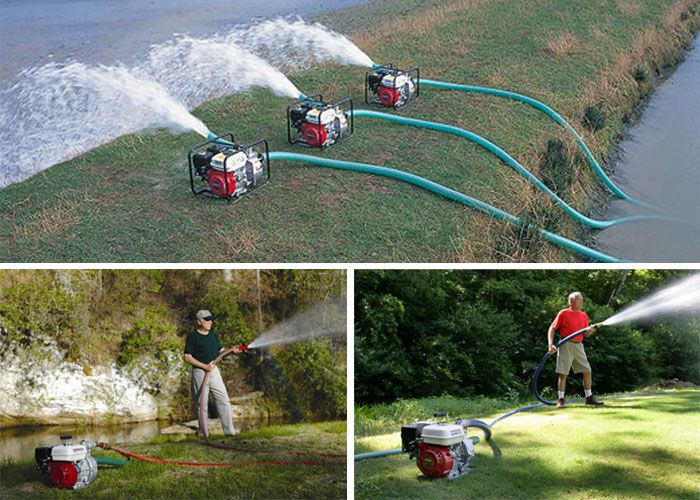types of hose in fire service
Types of Hose in Fire Service
In the realm of fire service, hoses play a fundamental role in firefighting efficacy. They serve as the lifeline for delivering water from a source to a fire, facilitating the suppression efforts of firefighters. Understanding the various types of hoses used in fire service is crucial for ensuring both efficiency and safety during firefighting operations. This article will explore the primary types of hoses utilized in the fire service, their characteristics, and their specific applications.
1. Attack Hoses
Attack hoses are the most commonly used type of hose in firefighting operations. Their primary purpose is to deliver water or firefighting foam directly to the fire. These hoses are designed for high pressure and are typically made from durable materials, such as polyester or nylon, reinforced with rubber or other resilient materials to withstand the harsh conditions of firefighting.
Attack hoses come in various diameters, most commonly ranging from 1.5 to 3 inches. The selection of diameter often depends on the specific fire scenario; smaller diameters are utilized for residential fires or smaller incidents, while larger diameters are used for industrial fires or when quick, heavy water flow is required. The length of attack hoses can also vary, typically between 50 to 100 feet, allowing firefighters to maneuver effectively around obstacles while maintaining adequate reach to the fire.
2. Supply Hoses
Supply hoses are designed to transport water from a water source—such as a fire hydrant or a water tender—to the fire scene, where it can be distributed through attack hoses. These hoses are larger in diameter compared to attack hoses, commonly ranging from 3 to 6 inches, to facilitate high-volume water flow.
The construction of supply hoses is robust, often featuring a thick exterior to protect against abrasions and environmental factors. They are generally less flexible than attack hoses, as they need to maintain structural integrity under heavy pressure. Additionally, supply hoses are often utilized in a laying out strategy, where firefighters will lay out the hose from the water source to the fire area, ensuring a steady supply of water for the attack hoses.
3
. Booster Hosestypes of hose in fire service

Booster hoses are lightweight, flexible hoses designed for quick response scenarios. They are typically 1 inch in diameter and are used to deliver water in situations where quick access is necessary, such as in residential areas or for initial firefighting efforts before larger hoses can be deployed.
These hoses are often mounted on fire engines and are equipped with a nozzle for easier handling. Their compact size allows firefighters to maneuver them in tight spaces, making them an essential part of firefighting tactics in urban environments. While booster hoses may not carry water as quickly as larger attack hoses, they serve as a critical tool for initial suppression before more aggressive measures are taken.
4. Forestry Hoses
Forestry hoses, also known as wildland hoses, are specifically designed for combating wildfires. These hoses are lightweight and can be easily handled by firefighters working in rugged terrains. Typically 1 to 1.5 inches in diameter, they allow for quick deployment in challenging environments such as forests and brush.
Constructed from materials that resist abrasion and punctures, forestry hoses can endure the harsh conditions associated with wildland fire scenarios. They often feature special fittings that allow firefighters to connect them to a variety of water sources, including tanks carried on brush trucks or portable pumps.
5. Specialty Hoses
In addition to the standard types of hoses mentioned, the fire service utilizes numerous specialty hoses tailored for specific needs. These may include suction hoses used to draw water from static sources, collapsible water tanks for portable firefighting operations, and hoses designed for hazardous material operations.
Conclusion
Understanding the various types of hoses used in fire service is essential for effective firefighting. Each type has its own specific role, designed to meet the diverse challenges that firefighters face. By equipping themselves with the right hoses and knowledge, firefighters can enhance their operational efficiency and improve their safety on the fire ground.
-
Unrivaled Performance and Applications of PU Pneumatic Hoses and TubesNewsJun.11,2025
-
The Transparent World of Industrial Tubing and Hosing SolutionsNewsJun.11,2025
-
The Intricate World of Pneumatic Conduits: Tubes and HosesNewsJun.11,2025
-
The Dynamic Landscape of Pneumatic Conduits: Unraveling Key ComponentsNewsJun.11,2025
-
The Diverse Applications and Significance of Transparent PVC TubingNewsJun.11,2025
-
High - Pressure Pneumatic Tubing and Systems: An In - Depth LookNewsJun.11,2025














